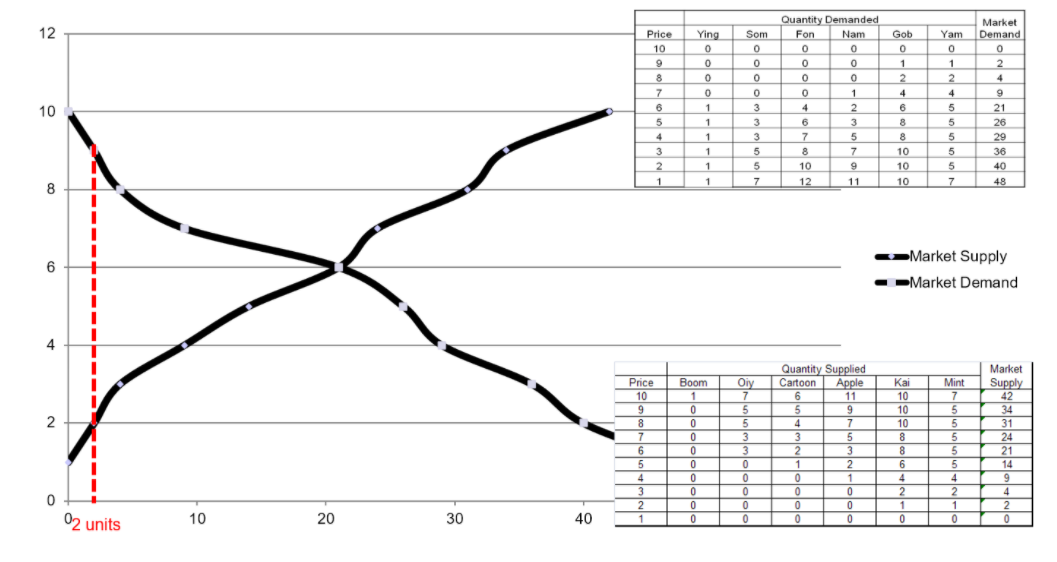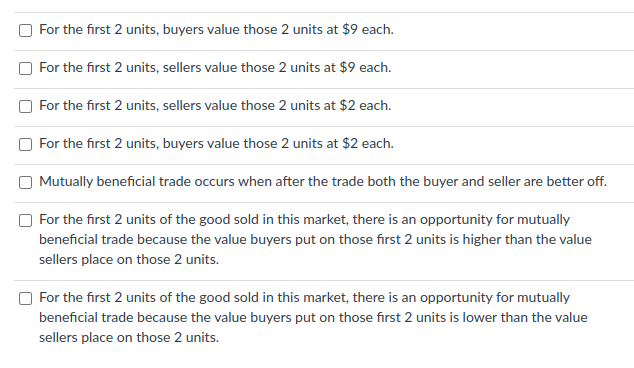An alternative way of thinking about the forces that cause markets to equlibrate in the real world is to think of markets reallocating the good from low to high valued use. Or to think of how the action of buyers and sellers engaging in mutually beneficial voluntary exchange (market forces) reallocates legal ownership or the physical location of the good from low to high valued used. When a unit of a good is sold, that means the value the seller places on the good is lower than the value the buyer places on the good. After the sale has taken place, the ownership of the good has been transferred from a person who has a low value to a person with a high value. This is called a reallocation from low to high valued use. Sometimes this reallocation involves a physical movement of the good rather than a transfer of legal ownership. The good is transported from an area where the price of the good is low to an area where the price of the good is higher. This is also called a reallocation from low to high valued use. Consider the first 2 units of the good that would be sold in this market (the vertical red line on the graph). Look at the image bellow. which answer choices fits with this graph?
An alternative way of thinking about the forces that cause markets to equlibrate in the real world is to think of markets reallocating the good from low to high valued use.
Or to think of how the action of buyers and sellers engaging in mutually beneficial voluntary exchange (market forces) reallocates legal ownership or the physical location of the good from low to high valued used.
When a unit of a good is sold, that means the value the seller places on the good is lower than the value the buyer places on the good. After the sale has taken place, the ownership of the good has been transferred from a person who has a low value to a person with a high value. This is called a reallocation from low to high valued use.
Sometimes this reallocation involves a physical movement of the good rather than a transfer of legal ownership. The good is transported from an area where the price of the good is low to an area where the price of the good is higher. This is also called a reallocation from low to high valued use.
Consider the first 2 units of the good that would be sold in this market (the vertical red line on the graph). Look at the image bellow. which answer choices fits with this graph?


Trending now
This is a popular solution!
Step by step
Solved in 3 steps









